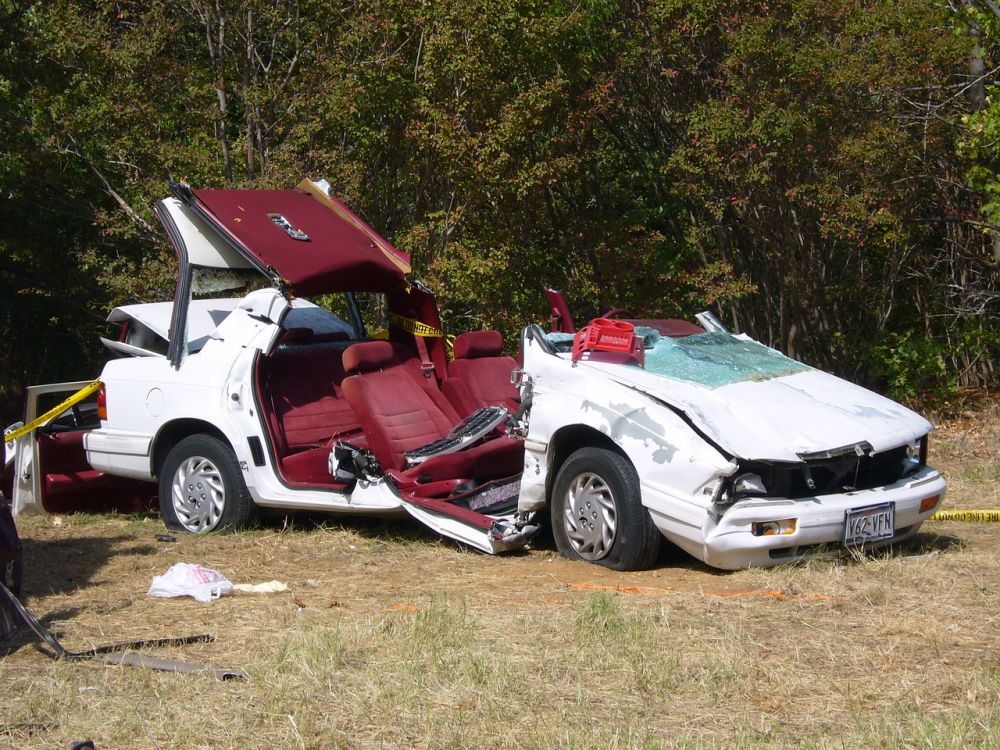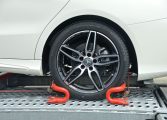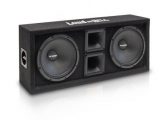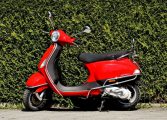BEST CAR INSURANCE: A Comprehensive Guide for Car Enthusiasts

Introduction:
Car insurance is an essential aspect of owning a vehicle, providing financial protection in case of accidents, theft, or damage. In this article, we will delve into the concept of the ”best car insurance” and explore its various types, popularity, quantitative measurements, differences, historical perspectives, and crucial decision factors for car enthusiasts.
1. An Overview of the ”Best Car Insurance”:

Car insurance refers to a policy that offers coverage for damages caused to or by a vehicle. It typically includes liability coverage, which pays for third-party injuries or property damage, as well as comprehensive and collision coverage for the insured vehicle. The best car insurance is one that offers a comprehensive coverage package with affordable premiums and excellent customer service.
2. Types and Popularity of the ”Best Car Insurance”:
There are several types of car insurance available, including liability insurance, collision insurance, comprehensive insurance, and uninsured/underinsured motorist insurance. Each type serves a specific purpose, ensuring car owners have the necessary coverage. Among the popular types, comprehensive insurance is widely favored for its extensive coverage against theft, vandalism, and natural disasters.
3. Quantitative Measurements of the ”Best Car Insurance”:
When evaluating car insurance policies, quantitative measurements play a vital role in determining their quality. These measurements include customer satisfaction rates, claims settlement efficiency, financial stability of the insurance provider, and pricing competitiveness. By analyzing these factors, car owners can assess the reliability and performance of insurance options available to them.
4. Differences Among Different ”Best Car Insurance” Policies:
Despite the fundamental purpose of providing coverage, car insurance policies can differ significantly. These differences can be seen in the extent of coverage, deductibles, customer service quality, availability of additional benefits, and the specific terms and conditions outlined in the policy. Understanding these discrepancies is instrumental in choosing the best car insurance suited to one’s needs.
5. Historical Perspectives on Pros and Cons of Different ”Best Car Insurance” Policies:
Over the years, car insurance has evolved, and so have the pros and cons associated with various policies. Previously, policies may have had limitations regarding coverage abroad or high premiums for young drivers. However, advancements in the insurance industry have led to improved coverage options and customized plans to cater to individual requirements. Analyzing past trends can provide valuable insight into current policy advantages and disadvantages.
6. Crucial Decision Factors for Car Enthusiasts when Purchasing Car Insurance:
For car enthusiasts, certain factors hold particular importance when it comes to purchasing car insurance. These decision factors may include coverage for modified or vintage vehicles, specific perks like roadside assistance or rental car benefits, policy flexibility for performance upgrades, and options for track day coverage. Considering these factors can ensure that car enthusiasts find the best car insurance policy that caters to their unique needs.
Conclusion:
Choosing the best car insurance requires a thorough understanding of its various elements, such as types, popularity, quantitative measurements, differences, historical perspectives, and crucial decision factors for car enthusiasts. By considering these factors, car owners can make an informed decision and find the ideal car insurance policy to provide comprehensive coverage and peace of mind.
[INSERT VIDEO(S) HERE – Could include customer testimonials, tips for comparing car insurance policies, or explanations of different types of coverage]
(Note: In order to increase the likelihood of being featured as a prominent snippet in a Google search, it is essential to structure the text with relevant headings and make use of bullet points where appropriate. The article should begin with an tag and contain multiple H2 tags to organize the information effectively.)
















































